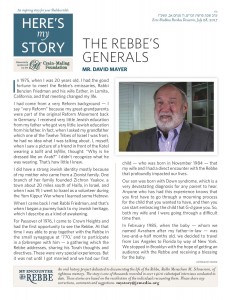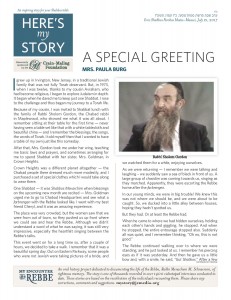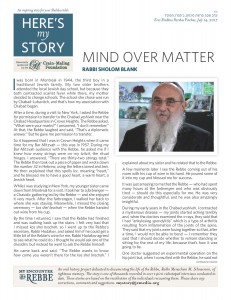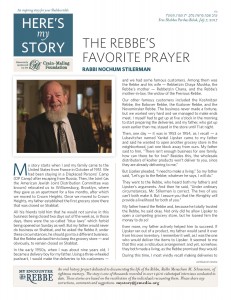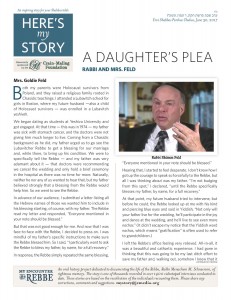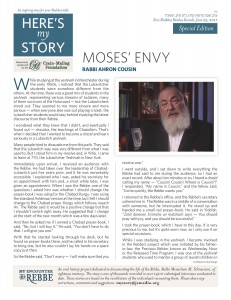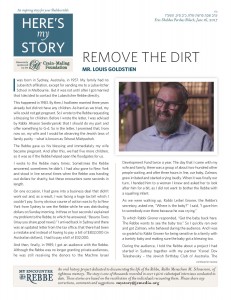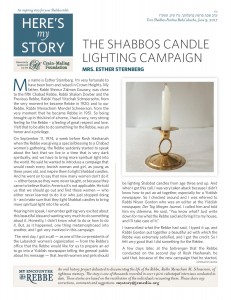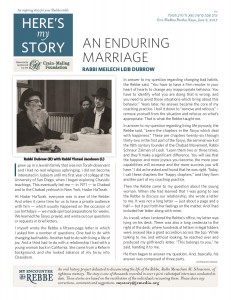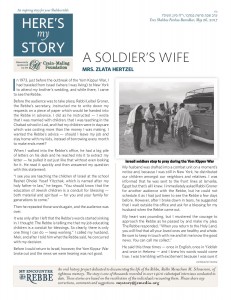The Rebbe’s Generals
In 1975, when I was 20 years old, I had the good fortune to meet the Rebbe’s emissaries, Rabbi Benzion Friedman and his wife Esther, in Lomita, California, and that meeting changed my life.
I had come from a very Reform background – I say “very Reform” because my great-grandparents were part of the original Reform Movement back in Germany. I received very little Jewish education from my father who got very little Jewish education from his father. In fact, when I asked my grandfather which one of the Twelve Tribes of Israel I was from, he had no idea what I was talking about. I, myself, when I saw a picture of a friend in front of the Kotel wearing a tallit and tefillin, thought: “Why is he dressed like an Arab?” I didn’t recognize what he was wearing. That’s how little I knew.
I did have a strong Jewish identity mostly because of my mother who came from a Zionist family. One branch of her family founded Zichron Yaakov, a town about 20 miles south of Haifa, in Israel, and when I was 19, I went to Israel as a volunteer during the Yom Kippur War where I learned some Hebrew.
When I came back I met Rabbi Friedman, and that’s when I began a journey back to my Jewish heritage, which I describe as a kind of awakening.
For Passover of 1976, I came to Crown Heights and had the first opportunity to see the Rebbe. At that time I was able to pray together with the Rebbe in the small synagogue at ‘770,’ and to participate in a farbrengen with him – a gathering which the Rebbe addresses, sharing his Torah thoughts and directives. These were very special experiences. But it was not until I got married and we had our first child – who was born in November 1984 – that my wife and I had a direct encounter with the Rebbe that profoundly impacted our lives. (more…)


